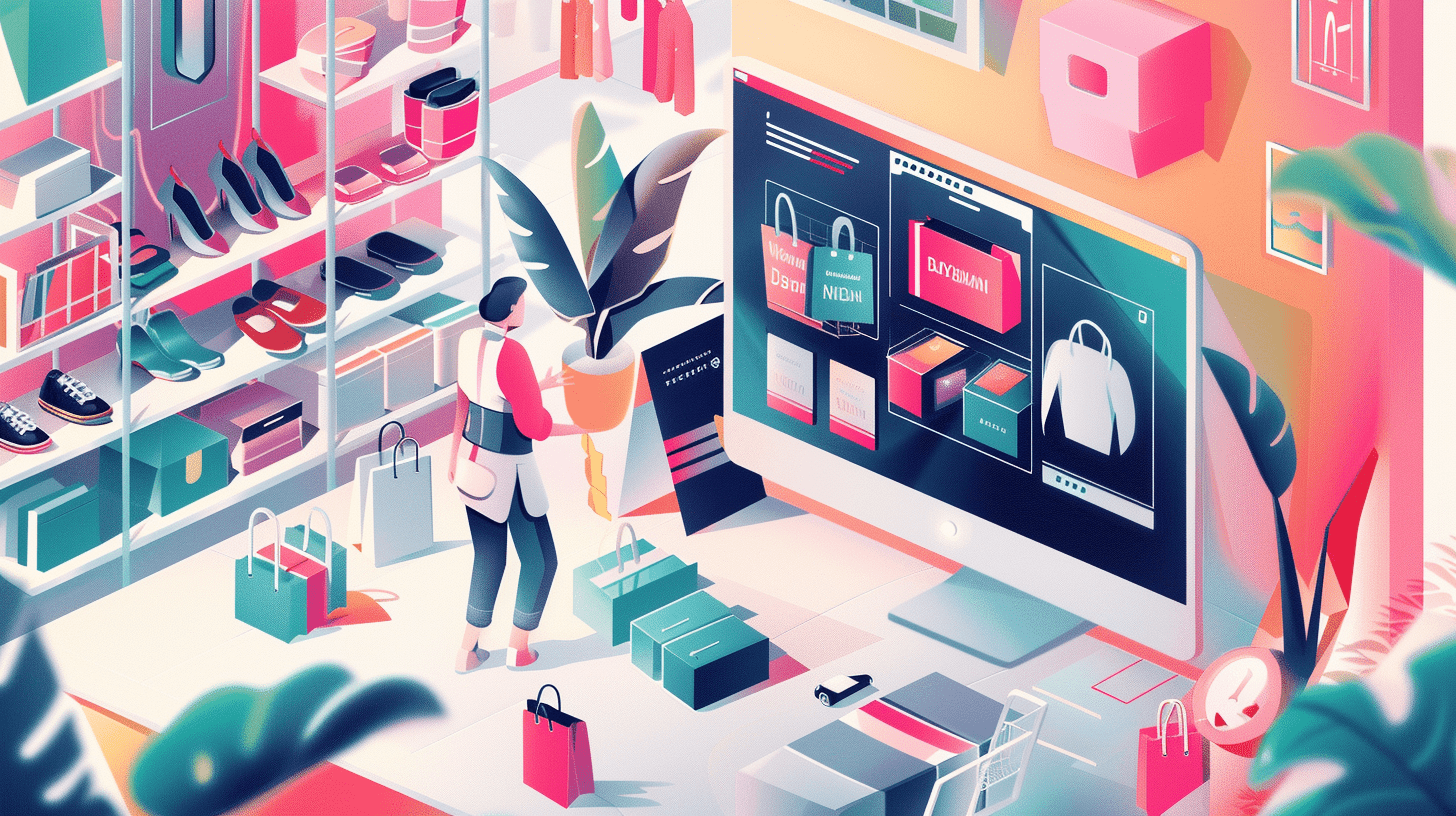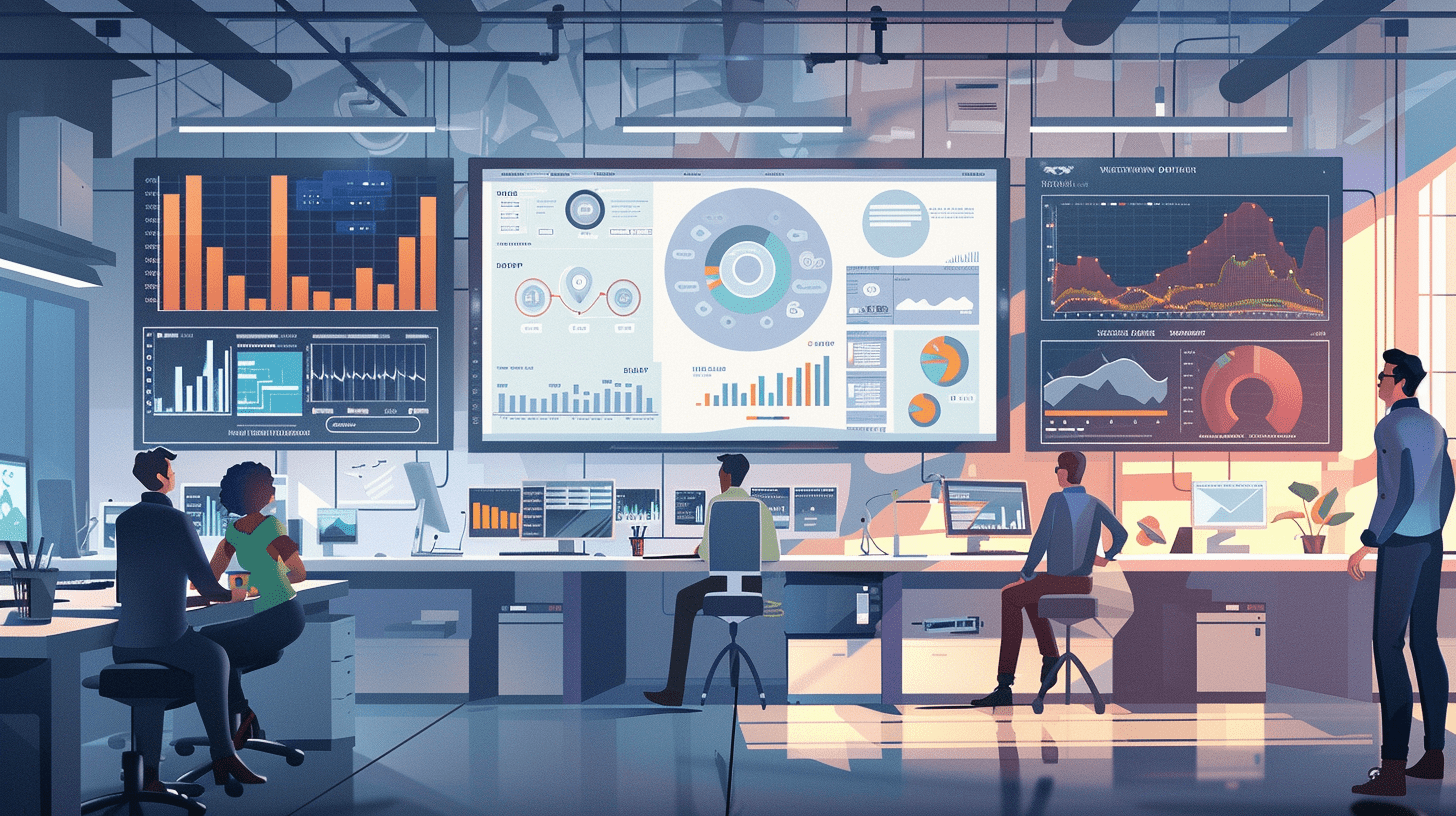2020 was a big year for e-commerce. Depending upon the source you look at, it’s easy to find data indicating we experienced 8-12 years of e-commerce growth in just a few short months. Some industries thrived in the need to adopt and evolve e-commerce quickly this year, others were challenged by it. There were winners (those that adopted, invested, and evolved their e-commerce) and there were losers (those that did nothing or simply decided to maintain the status quo.) Our hypothesis is that 2021 is going to be similarly challenging for e-commerce merchants. There will be those merchants that capitalize on continued growth by investing in it properly and those that don’t.
B2C merchants will be faced with evolving the shopping experience to match the most innovative upstarts and brands with creative horsepower. B2B merchants will be faced with keeping their customers happy and maintaining loyalty as their customers explore marketplaces and direct buying options that can threaten their livelihood. As the pandemic ends e-commerce resources will be stretched as merchants look to modify and evolve online shopping to meet or exceed the expectations of in-person shopping. Given this backdrop and the uncertainty around when “normal” will return, here are 5 trends the Accorin team believes merchants will want to adopt as the year progresses:
1. The demise of the plain old “catalog” website and the “shopping cart” checkout
Many more merchants, including B2B merchants will enable seamless shopping and purchasing from different experiences that are outside of a website “catalog.” We all purchased consumer goods off of Instagram in the last couple of years and that trend will continue to grow across multiple social platforms and other types of sites. Shoppers want continued personalization and convenience and that means mixing in-person, e-commerce, and social shopping together in ways that make shopping intuitive, natural and fun. E-commerce will be as complex as ever behind the scenes with complex integrations, architectures, security requirements and complex dev ops. But consumer will want more of the following types of experiences:
- Instagram product tease → learn more video → shop the details and prices→ purchase on phone
- Text message that it’s time to ship your refill “Do You Want it?” text “YES” to confirm
- Google search for outdoor heater→ several retailers explored→ Instagram ad implores shopper to “pick this up curbside today – prices increase in 3 days!” to the user who shopped but then moved on
- An industrial purchaser who is googling product is greeted with an offer and product video presented from the most recent merchant that they visited. They watch the video and and receive an offer / discount code and tap “yes” to enroll
- A procurement manager for a construction firm that has conducted significant heavy equipment research received an offer from a cable and electrical supply vendor and they make a purchase – even though they had not googled for those products on this computer.
2. Continued Meteoric Mobile and PWA Growth
Over the last two years most B2C merchants watched their “percent of transactions from smart phones” move from below to well above 50%. This is going to continue in B2C as well as more sophisticated B2B buying experiences enable more self-service purchasing from field operations, factory floors and voice commands while driving.
3. Headless, and the Growth of Content-Based Merchandising, even for B2B
For B2C the content and the stories that show how merchandise is used will continue to be the driving force of UX innovation. For B2B the experiences are going to evolve outside of the catalog and shopping cart to a place where customers can self-service “sales demos” with rich experiences. The continuing evolution of UX and merchandising will mean that headless platforms will evolve to service the very unique needs of B2B brands as well, not just B2C. How?
- B2B sites will guide buyers through needs and purchasing sessions – not just product searches
- B2B sites will enable buyers to create actual solutions, save, and share them
- B2B sites will automate repeat purchasing
- B2B functionality will continue to evolve and enable very seamless purchasing from product video, and
- B2B sites will help make the sales reps of companies more valuable, not less valuable as they help to increase loyalty and overall purchasing satisfaction – this will be accomplished by a combination of self-service features and automated ordering features that B2B buyers will adopt in greater numbers
4. Increasingly Sophisticated Social Media Purchasing Integration
Instagram and other social media platforms and the e-commerce platforms will offer additional methods for more closely integrating content and purchasing. We all saw our “feeds” become loaded with relevant, targeted offers and solicitations in 2020. This year will see the level of sophistication and targeting / retargeting increase. Marketplace integration, up-sell / cross-sell, ratings and reviews and more traditionally “e-commerce” features will become a part of merchants social media storefronts – this will happen through API evolution and the enablement of more sophisticated integrations.
5. Text and Voice-Based Transactions
This type of transaction is where mobile-enabled transactions were 5 years ago. Text and Voice account for less than 5% of total e-commerce transactions right now. We see that number jumping up to close to 10% as the major e-commerce SaaS platforms like Shopify and BigCommerce roll out features that enable these types of transactions and that allow smaller and less-sophisticated merchants to take advantage of them. Chances are you already reply “yes” when your doctor’s office or dentist wants to confirm an appointment. Your local beer store will be doing the same thing this year – but it will just be to confirm that your 12 pack of local ale is ready for pickup.
The Bottom Line
The continuing pandemic and its resulting pressure on e-commerce innovation will continue. Look for consumers to push and adapt features that streamline e-commerce. Look for B2B buyers to increase pressure for better self-service. Merchants will need to meet these expectations by continuing to evolve and integrate their e-commerce platforms with sites, systems and content that makes purchasing natural and easy from any device. Look for the continuing penetration of personalized and highly target advertising experiences on social media to drive transactions across all industries and sectors again. Merchants that don’t adopt and evolve their sites beyond the “catalog and shopping cart model” may be at risk of falling behind their competition.


